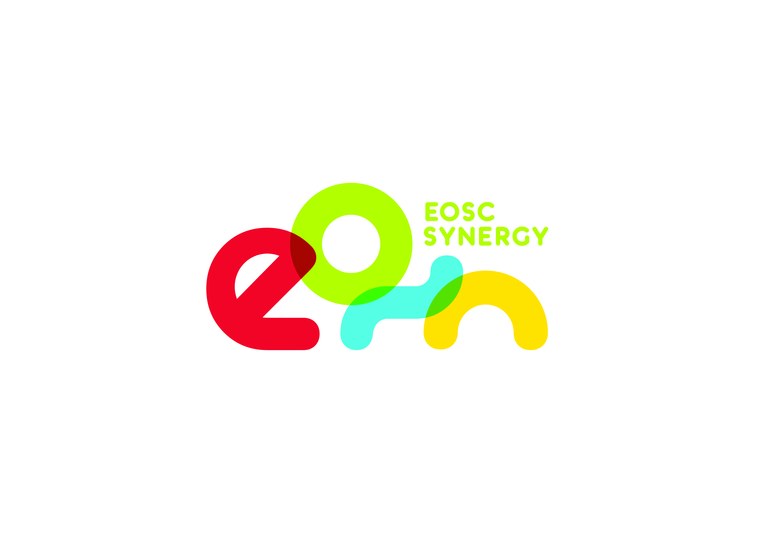Projects
Abstract in Spanish:
El proyecto PIXIL es un esfuerzo de colaboración científico-tecnológica transfronterizo y multidisciplinar, con el objetivo de desarrollar las herramientas más punteras para analizar el subsuelo terrestre, con especial interés en favorecer el crecimiento de la energía...
EOSC-synergy extends the EOSC coordination to nine participating countries by harmonizing policies and federating relevant national research e-Infrastructures, scientific data and thematic services, bridging the gap between national initiatives and EOSC. The project introduces new capabilities by opening national thematic services to European access, thus expanding the EOSC...
The objective of FusionCAT is to establish an active fusion community in Catalonia. FusionCAT is formed by 7 partners that are leading institutions in Catalonia in their respective fields. Most of them have on-going involvement in fusion R&D through participation in the EU fusion research programme, contracts with ITER and Fusion for Energy (F4E), national fusion projects...
The most significant challenge in applied fluid dynamics (covering aerospace, energy and propulsion, automotive, maritime industries, chemical process industries) is posed by the insufficient understanding of turbulence-dependent features and laminarto-turbulent transition. As a consequence, the design and analysis of industrial equipment cannot be relied upon to accurately...
High performance computing (HPC) has transformed scientific research across numerous disciplines by supportingtheory and experiments with numerical simulations. Exascale computing is the next milestone in HPC and is called to play an important role in economic competitiveness, societal challenges and science leadership. Combustion isone of the fields with high strategic...
The aim of the project is to develop a comprehensive framework for generalizing network analytics and fusion paradigms of non-negative matrix factorization to medical data. Heterogeneous, interconnected, systems-level omics data are becoming increasingly available and important in precision medicine. We are seeking to better stratify and subtype patients into risk groups,...
Health scientific discovery and innovation are expected to quickly move forward under the so called fourth paradigm ofscience , which relies on unifying the traditionally separated and heterogeneous high-performance computing and big dataanalytics environments. Under this paradigm, the DeepHealth project will provide HPC computing power at the service of biomedical...
At an increasing rate, industrial and scientific institutions need to deal with massive data flows streaming in from a multitude of sources. For instance, maritime surveillance applications combine high-velocity data streams, including vessel position signals emitted from hundreds of thousands of vessels across the world and acoustic signals of autonomous, unmanned vessels;...
Artificial Intelligence is a disruptive technology of our time with expected impacts that rival those of electricity or printing. Resources for innovation are currently dominated by giant tech companies in North America and China. To ensure European independence and leadership, it is important to invest wisely by bundling, connecting and opening European AI resources.
Life Sciences have become increasingly digital and this is accelerating. Computational techniques play key roles in processing, analysis and generating new knowledge from experiments, even in replacing them. This has been enabled due to tremendous advances in techniques such as docking and molecular simulations at both atomistic and quantum levels to which world-leading...






